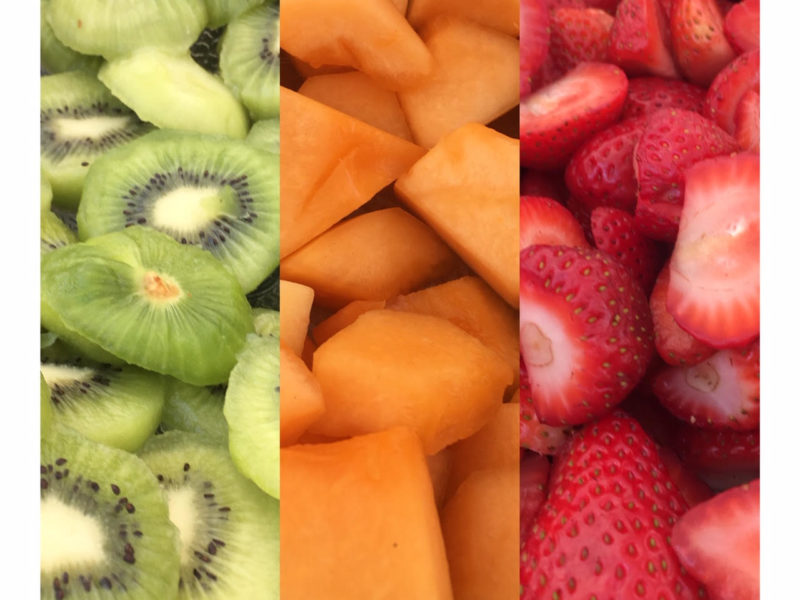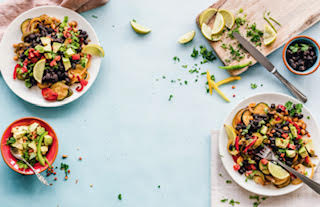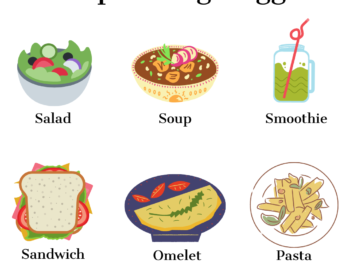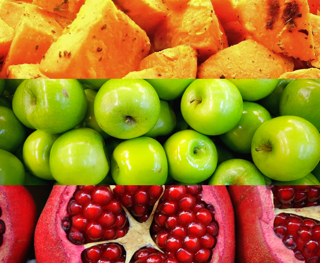I’ve teamed up with my pals from Smart Lifebites and contributed this post–What can superfoods do for your health? I sort through the hype to help kick off a decade of healthier eating. You can read it below.
——————————————————————————————————————————————
With a new decade upon us, better health might be at the top of your resolutions. Eating a more nutritious diet is one simple way to enhance health and prevent diseases such as heart disease and certain cancers. In fact, a healthy diet could save $50 billion in health care costs. However, contrary to many marketing claims, no single “superfood” can serve as a magic bullet or cure-all. Here are some pointers to keep in mind and help you sift through the maze of confusion about just what constitutes a healthy diet.
Fruit, vegetables, herbs, spices, legumes, nuts, seeds and grains are high in antioxidants, vitamins & fiber.
How super is a superfood?
“Superfood” is a popular buzzword when it comes to health and nutrition and is a term used for a food that is assumed to offer up many health benefits. Technically speaking, the term has no formal definition, and it is used more as a marketing gimmick to sell food rather than to promote good health. Furthermore, with each passing year and new food trend upon us, different exotic foods and herbs make the list, whether a specific type of mushroom, honey, ancient grain, exotic fruit or fermented drink. For instance, just because spinach and blueberries might not be in the headlines of the latest and greatest superfoods, doesn’t make them any less nutritious.
Good health is supported by variety
An eating plan based on a variety of healthy foods, including plenty of fruits and vegetables, is the best way to promote optimal health and ensure a balanced nutrient intake. Varying your food choice and including a colorful array of produce ensures that you get the vitamins and minerals, including antioxidants, you need for better health. Berries, leafy greens, cruciferous vegetables, orange-colored produce such as carrots, cantaloupe and sweet potatoes, and red-colored fruits such as watermelon and pink grapefruit are all super-healthy foods, and when eaten as part of a varied eating plan, help constitute a “superdiet,” as they all provide different vitamins and minerals.
Balance it out
Don’t forget your healthy proteins! Of course, while fruits and vegetables are king, we should eat a balanced diet—foods from different food groups. Healthy protein options include fish, chicken, eggs, lean beef and legumes; wholesome grains such as oatmeal, quinoa and brown rice; dairy such as yogurt; and good fats such as olive oil, nuts and seeds. Rather than eliminate entire categories of foods from the diet, select the healthiest options from each food group.
Remember moderation and portion control
Finally, even for healthy foods, more doesn’t mean better. For example, nuts contain good fat but eating too many nuts can cause weight gain. Achieving optimal health is best supported by a “superdiet,” consisting of moderate portions of a wide variety of healthy foods, as opposed to focusing on a few of the latest trendy food elixirs. Not only will you feel better about your diet, you’ll save money, too, as those trendy foods tend to be more expensive.





 Follow the “rule of 20” for a healthy 2020
Follow the “rule of 20” for a healthy 2020